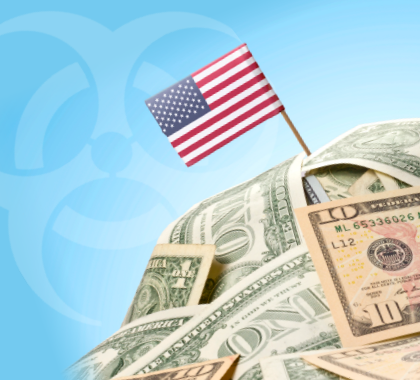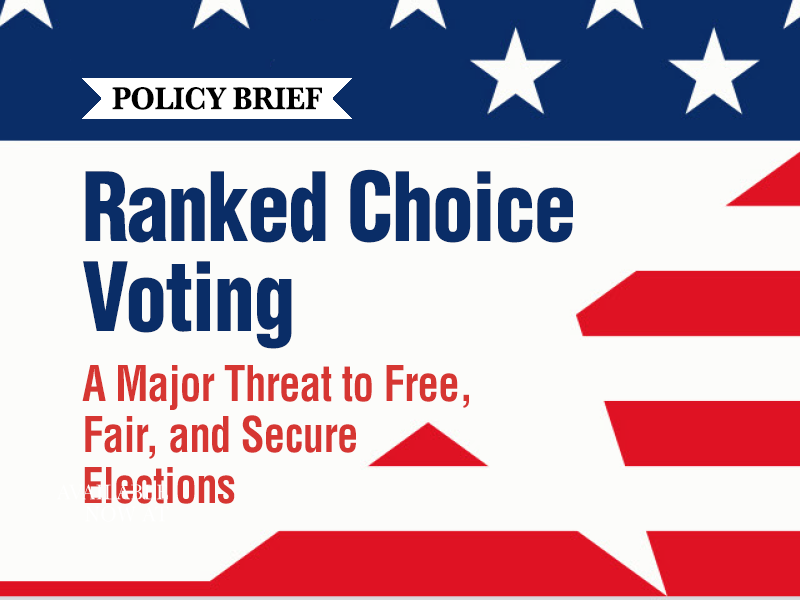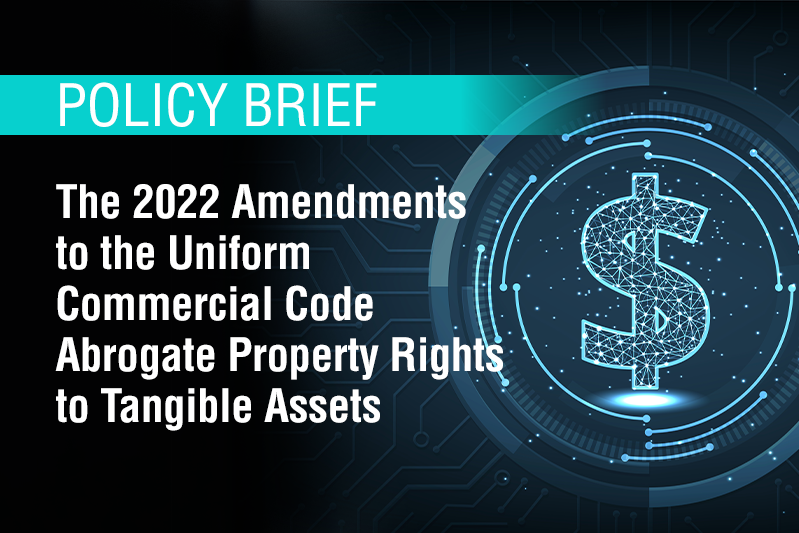Introduction
The Trump administration and Congress recently passed the Coronavirus Aid, Relief, and Economic Security Act. Under the terms of the $2 trillion rescue package, the federal government will make direct payments to households, businesses, and state and local governments.
President Donald Trump proposes that the next phase of economic relief from the pandemic should include an additional $2 trillion of debt-financed infrastructure spending, as well as allocating $500 billion from the Treasury to the Federal Reserve to bolster credit markets.
The cost of this multi-trillion-dollar rescue package will drive up the federal budget’s already substantial trillion-dollar deficit, so it’s safe to conclude that the magnitude of this fiscal stimulus far surpasses the legislation enacted in response to the 2008 financial crisis.
While the phase one fiscal plan in response to the coronavirus is now in place, there has been little discussion of phase two. There are essentially two views of what a post-coronavirus fiscal plan should look like. The non-orthodox fiscal view is to double down on fiscal stimulus. In this view, orthodox fiscal policy is dead, and the real danger is that fiscal stimulus in phase two will be insufficient to restore full employment. The assumption is that money-printing governments can incur deficits and accumulate debt without ever becoming insolvent.
We should not underestimate the damaging impact the coronavirus pandemic has had on the economy. Just as in wartime, the response should be massive spending and market intervention required to stabilize the economy. But the coronavirus has not negated orthodox fiscal policy, as some economists and commentators argue. Just as the government adjusted to a post-World War II economy, the government must design a phase two fiscal plan for a post-coronavirus pandemic economy. This phase two fiscal policy should address the debt crisis by balancing the budget and using surplus revenue to reduce debt burdens.
A few years ago, the national debt was considered one of our country’s most pressing problems. Today, it is treated by many politicians in the U.S. Congress as a taboo topic. Some economists even suggest we need not worry about the debt. They claim our grandchildren will figure it out, or even that debt and deficits don’t matter. But what these irresponsible policymakers and economists really mean is that adult Americans should stick their children and grandchildren with a hefty tax bill.
In this study, we propose a phase two plan for addressing the long-term impact of deficits and debt on the U.S. economy. Over the past half-century, the federal government has accumulated debt at an unsustainable rate, and the debt incurred in response to the coronavirus pandemic will exacerbate this debt crisis.





